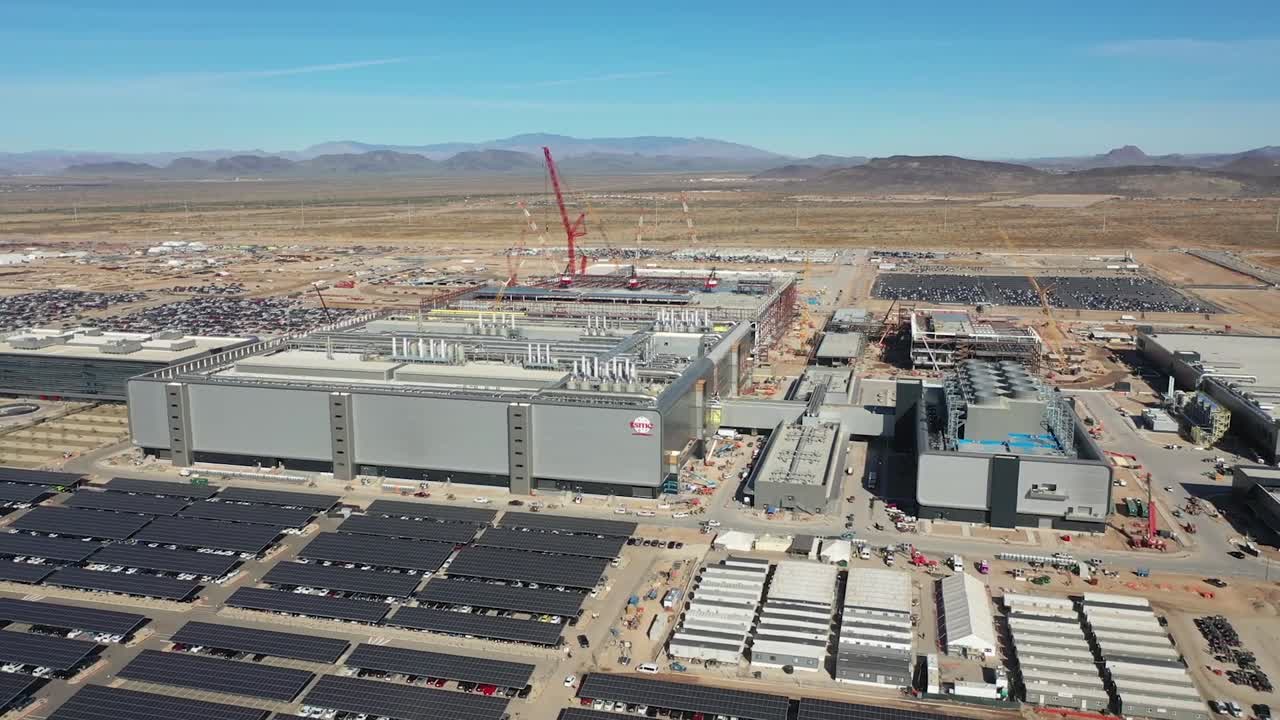TSMC Arizona’s first fab is on track to begin production leveraging 4nm technology. The second fab will produce the world’s most advanced 2nm process technology with next-generation nanosheet transistors in addition to the previously announced 3nm technology. Our newly announced third fab will produce chips using 2nm and/or more advanced processes, with production beginning by the end of the decade. Each of the three fabs, like all of TSMC’s advanced fabs, will have cleanroom area approximately double the size of an industry standard logic fab.
Through increasing our capacity for leading-edge technology at TSMC Arizona, we will be supporting our customers unleash innovations in all different fields including mobile, AI and HPC.
Watch this video to understand more about the exciting innovations we will make possible in Phoenix, Arizona.

 www.linkedin.com
www.linkedin.com
Through increasing our capacity for leading-edge technology at TSMC Arizona, we will be supporting our customers unleash innovations in all different fields including mobile, AI and HPC.
Watch this video to understand more about the exciting innovations we will make possible in Phoenix, Arizona.

TSMC on LinkedIn: #tsmc #nanosheet #cleanroom #tsmcarizona #mobile #ai #hpc #innovations… | 13 comments
#TSMC Arizona’s first fab is on track to begin production leveraging 4nm technology. The second fab will produce the world’s most advanced 2nm process… | 13 comments on LinkedIn
 www.linkedin.com
www.linkedin.com

